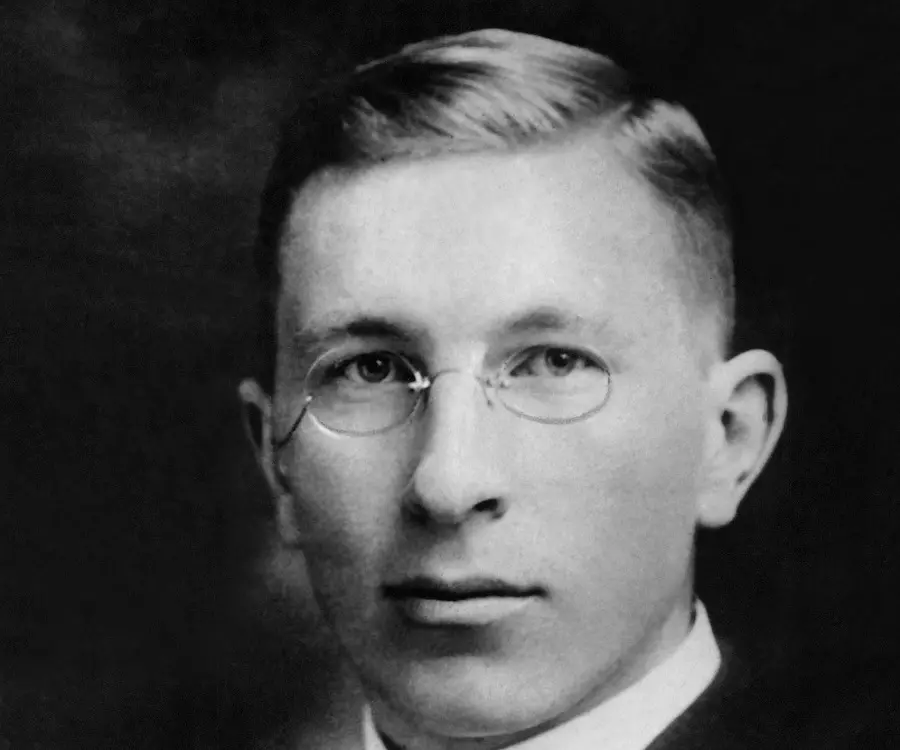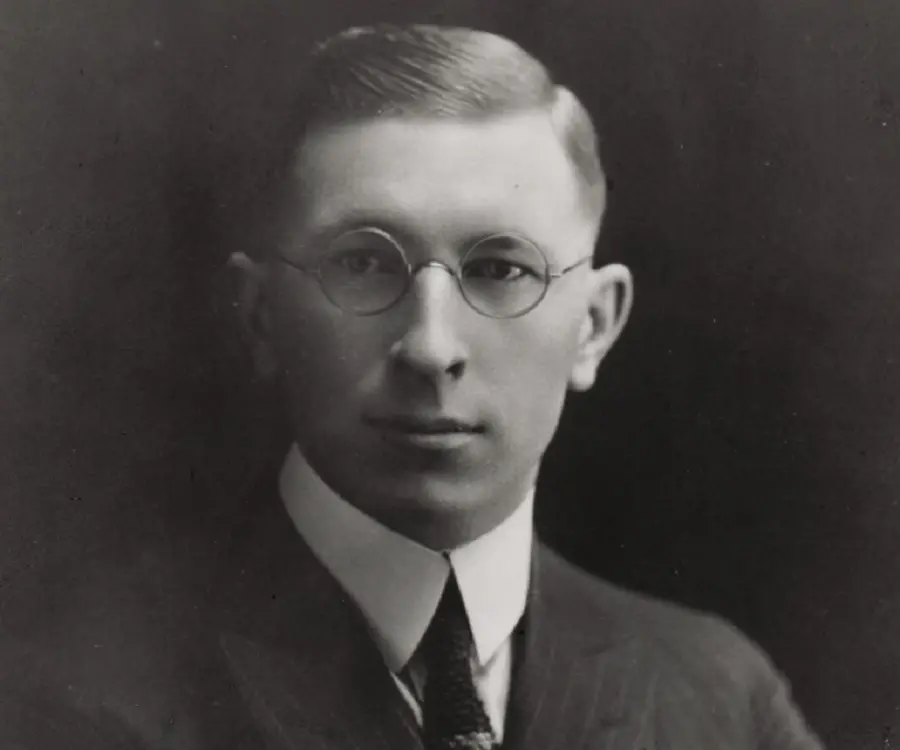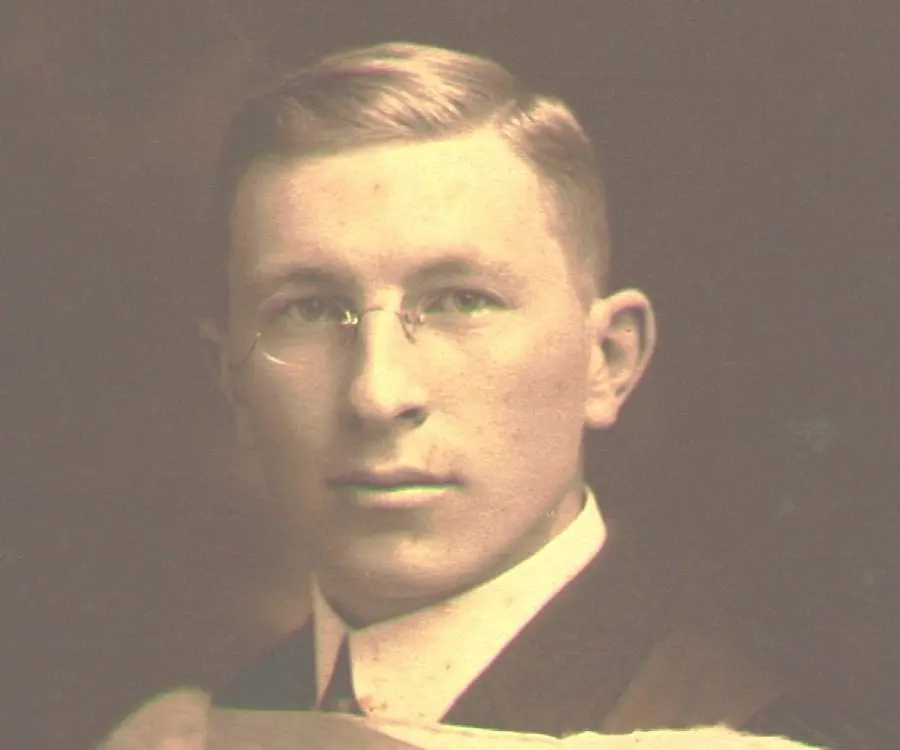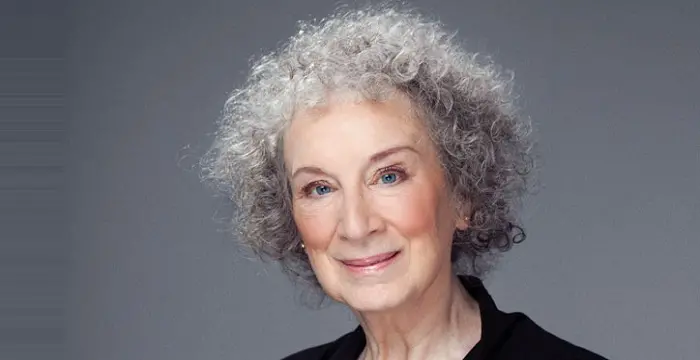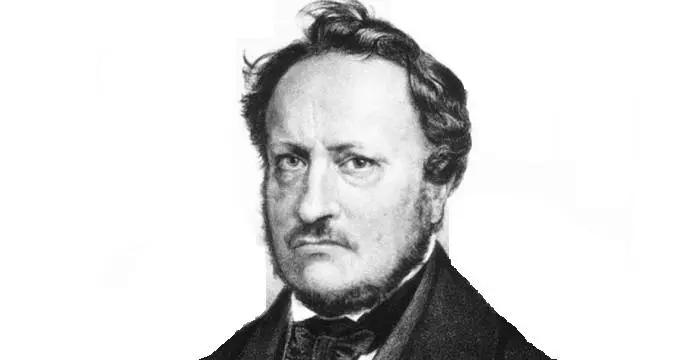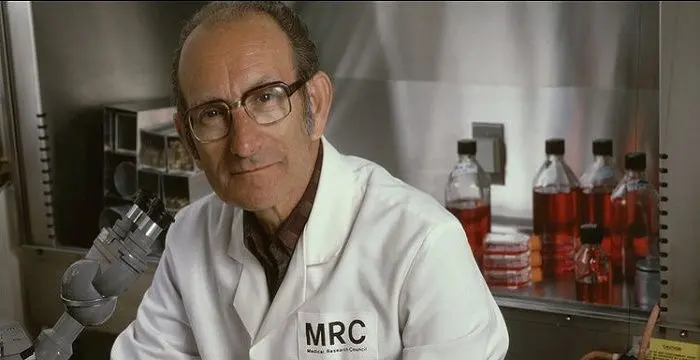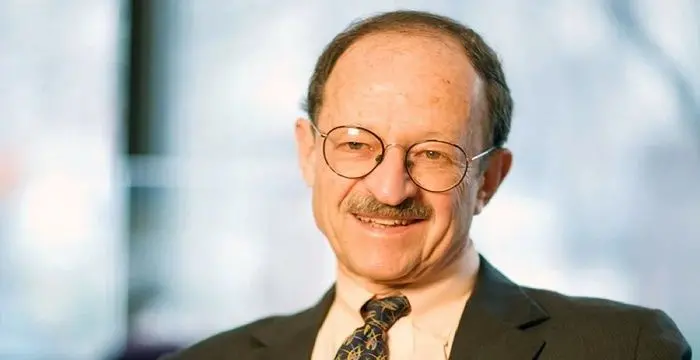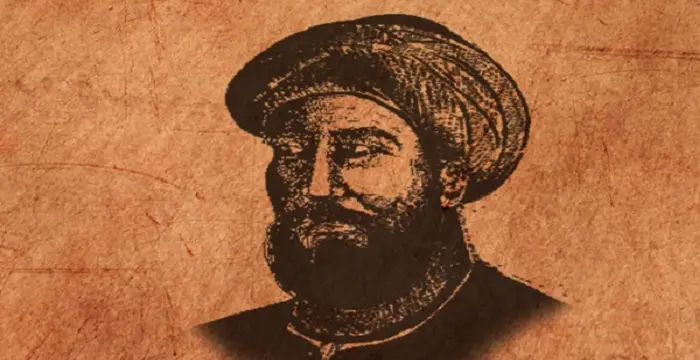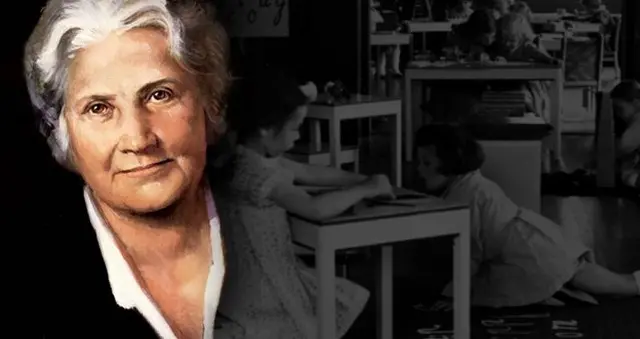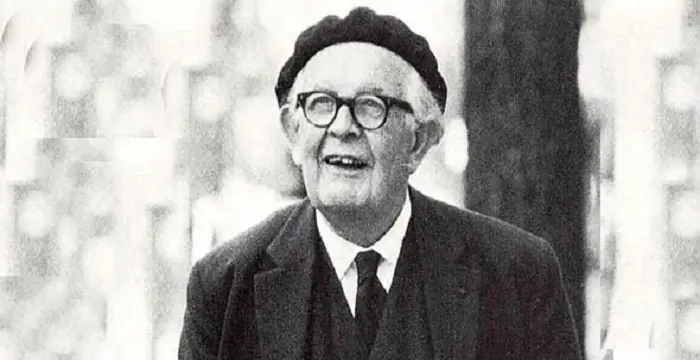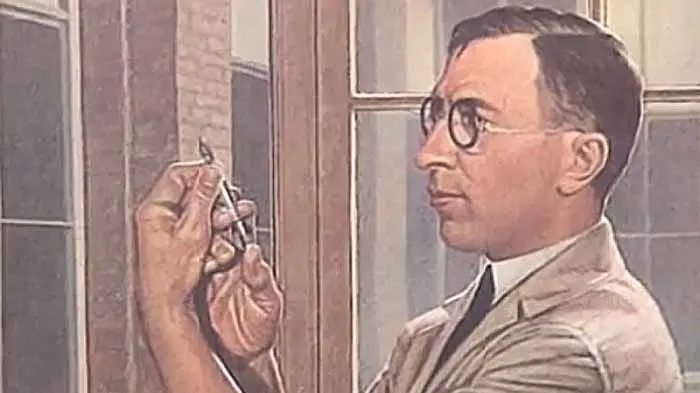
Frederick Banting - Discoverer of Insulin, Birthday and Family
Frederick Banting's Personal Details
Frederick Banting was a Canadian medical scientist and physician who won the Nobel Prize for discovering insulin
| Information | Detail |
|---|---|
| Birthday | November 14, 1891 |
| Died on | February 21, 1941 |
| Nationality | Canadian |
| Famous | University Of Toronto, Physicians, Medical Scientists, Discoverer of Insulin |
| Spouses | Henrietta Ball, Marion Roberts |
| Childrens | William |
| Universities |
|
| Notable Alumnis |
|
| Discoveries / Inventions |
|
| Cause of death |
|
| Birth Place | Alliston |
| Gender | Male |
| Father | William Thompson Banting |
| Mother | Margaret Grant |
| Sun Sign | Scorpio |
| Born in | Alliston |
| Famous as | Discoverer of Insulin |
| Died at Age | 49 |
Frederick Banting's photo
Who is Frederick Banting?
Sir Frederick Grant Banting was a Canadian medical scientist, physician, and painter best remembered for contributing to the discovery of insulin and for being the first person to use insulin on humans. Along with J. J. R Macleod, he received the Nobel Prize in Medicine in 1923 “for the discovery of insulin”. His valuable contribution helped to treat diabetes which used to be a dreaded fatal disease till then. He shared the Nobel Prize money with his colleague, Dr. Charles Best, whom he considered more deserving of the award than Macleod. Sir Banting graduated with a degree in medicine from the University of Toronto. He then joined the Canadian Army Medical Corps during World War I and served in France. After the war ended, he returned to Canada and worked as a medical practitioner in Ontario for some time. Later, he served as a Resident Surgeon at the Hospital for Sick Children in Toronto. He soon developed a keen interest in diabetes, and focused on extracting insulin from the pancreas of animals. Together with medical student Dr. Charles Best, he discovered a way to extract insulin and effectively treat diabetic patients. He received a lifetime annuity to work on his research from the Canadian government and was also knighted by King George V.
// Famous University Of Toronto
Walter Kohn
Nobel Laureate Walter Kohn was an Austrian-born American theoretical chemist and physicist. Check out this biography to know about his childhood, life, achievements, works & timeline.
Stephen Lewis
Stephen Lewis is a Canadian politician, broadcaster, diplomat and professor. This biography profiles his childhood, career, works, life, achievements and timeline.
Margaret Atwood
Margaret Atwood is a Canadian writer, best known for her novels, short stories and poems. This biography of Margaret Atwood provides detailed information about her childhood, life, achievements, works & timeline.
Childhood & Early Life
Frederick Banting was born on 14 November 1891 in a farm house near Alliston, Ontario, Canada to Margaret Grant and William Thompson Banting. He was the youngest child of the family with four elder siblings.
He attended public and high schools in Alliston. In 1910, he joined Victoria College, University of Toronto, to study General Arts. His first year was unsuccessful and eventually in September 1912, he began medical school.
In 1914, he tried twice to join the army but was turned down due to his poor eyesight. The next year, however, he was successful; he spent the summer of 1915 attending military training before returning to medical school.
In December 1916, he graduated as a doctor and reported for military duty the very next day. He joined the Canadian Army Medical Corps and served in France during World War I.
Career
In 1918, Frederick Banting was wounded at the Battle of Cambrai; yet he continued to serve at the battlefront. He was awarded the Military Cross for heroism under fire in 1919.
After the war ended in 1919, he returned to Canada and became a medical practitioner at London, Ontario for a short time. He studied orthopaedic medicine and in 1919–20, he became Resident Surgeon at the Hospital for Sick Children, Toronto.
He then moved to London, Ontario and from 1920-1921 he was a part-time teacher of orthopaedics at the University of Western Ontario besides being a general medical practitioner.
From 1921 to 1922, he was Lecturer in Pharmacology at the University of Toronto. In 1922, he received his M.D. degree, and was also awarded a gold medal.
By then, he had already become interested in diabetes through various journals and papers. Previous researches by Naunyn, Minkowski, Opie, and Schafer suggested that diabetes was caused from a deficiency of a protein hormone secreted in the pancreas. Schafer had named the hormone ‘insulin’.
Insulin was thought to control the metabolism of sugar. Hence, the shortage of it led to the build-up of sugar in the blood and the excess was passed out with urine.
When diabetic patients were fed with fresh pancreas in an attempt to supply the missing insulin, the result was unsuccessful, probably because the insulin had already been destroyed by the proteolytic enzyme, trypsin, of the pancreas. The challenge thus, was to find a way to extract insulin from the pancreas before it got destroyed.
Through a 1920 article by Moses Barron, Frederick Banting got the idea that ligation of the pancreatic duct would destroy the cells which secrete trypsin and thus help to evade the destruction of insulin.
He was resolute to scrutinize the approach further and discussed it with the Professor of Physiology at the University of Toronto, J. J. R. Macleod. Macleod provided him with the required facilities and the assistance of a medical student, Dr. Charles Best. Together Frederick Banting and Best began work on extracting insulin.
Initially, the experiments were performed on living dogs; however, the process fell short of providing the required quantity. In November 1921, he decided to obtain insulin from the pancreas of fetal calves. They turned out to be just as effective as the dog pancreases.
In 1922, he began to treat diabetic patients in Toronto with insulin. He was appointed Senior Demonstrator in Medicine at the University of Toronto the same year.
Frederick Banting and J. J. R. Macleod were jointly awarded the Nobel Prize in Medicine in 1923 for their discovery of insulin. Later that year, he was elected to the new Banting and Best Chair of Medical Research, endowed by the Legislature of the Province of Ontario.
He was also appointed Honorary Consulting Physician to the Toronto General Hospital, the Hospital for Sick Children, and the Toronto Western Hospital. At the Banting and Best Institute, he researched silicosis, cancer, and the mechanisms of drowning.
During World War II, he investigated the problems associated with flying, such as ‘blackout’. He also helped Wilbur Franks invent the G-suit that helped pilots remain conscious when they were subjected to gravitational force.
Major Works
Frederick Banting is best remembered as one of the discoverers of insulin. Later, he also became Canada’s first professor of medical research at the University of Toronto.
During the Second World War, he studied the causes of ‘blackout’ during flying and helped Wilbur Franks in his invention of the G-suit that helped pilots avoid blackouts when subjected to gravitational force. Around the same time, he was also involved in self experimentation of treating mustard gas burns.
Awards & Achievements
He was awarded the Military Cross in 1919, for heroism displayed during World War I.
He received the Reeve Prize of the University of Toronto in 1922.
He and Macleod were jointly awarded the 1923 Nobel Prize in Physiology or Medicine “for the discovery of insulin”. Banting was disappointed to share the prize with Macleod, who he felt, was less deserving of the prize than Dr. Best. He eventually decided to share his prize money with Dr. Best. Macleod too shared his half with James Collip.
In 1923, the Canadian Parliament granted him a Life Annuity of $7,500.
In 1924 he received honorary degrees from the University of Western Ontario (LL.D.); the University of Toronto (D.Sc.); the Queen's University in Kingston (LL.D); the University of Michigan (LL.D.); and the Yale University (Sc.D.).
These were followed by honorary degrees from the University of the State of New York (D.Sc.) in 1931 and McGill University in Montreal, Quebec (D.Sc.) in 1939.
He was a member of several medical academies and societies in Canada and abroad, including the British and American Physiological Societies, and the American Pharmacological Society.
In 1934 he was knighted as a Knight Commander of the Order of the British Empire (KBE) and in May, 1935 he was elected a Fellow of the Royal Society.
A Flame of Hope was lit in his honour by Her Majesty the Queen Mother in 1989. The flame is located at Sir Frederick Banting Square in London, Ontario, Canada and will be extinguished only when a cure is found.
Similarly in 1991, a Time Capsule was buried in Sir Frederick Banting Square by the International Diabetes Federation Youth Representatives and Governor General Ray Hnatyshyn to mark Sir Banting’s 100th birth anniversary. It will be dug up when a cure for diabetes is found.
Personal Life & Legacy
Apart from being a renowned doctor, Frederick Banting was also an accomplished amateur painter and was often in touch with A.Y. Jackson and the Group of Seven.
He married twice in his lifetime. He first married Marion Robertson in 1924. The couple had a son, William in 1928 and eventually got divorced in 1932. He then married Henrietta Ball in 1937.
On 21 February 1941, he died from injuries sustained in an airplane crash in Musgrave Harbour Newfoundland. Although he survived the crash, he passed away the next day. He was en route to England on work. He was buried at Mount Pleasant Cemetery in Toronto.
Little Known Facts About Frederick Banting
Banting lost one of his friends to diabetes. This motivated him to find a cure for this deadly disease.
As of now, this famous medical scientist is the youngest Nobel laureate in the area of Physiology/Medicine.
Apart from being an acclaimed medical scientist, he was also a decorated war hero. He is among the few Canadians who have won the Military Cross for “distinguished and meritorious services in time of war.” He won it for his bravery during the First World War.
He was very passionate towards painting and also joined the Group of Seven Artists on a sketching trip to Quebec.
His home in Ontario, Canada where he started his fledgling medical practice in 1920 has been converted into a full-featured National Historic Site of Canada and attracts thousands of tourists every year.
// Famous Medical Scientists
Johannes Peter Müller
Johannes Peter Müller was a German physiologist and comparative anatomist. Check out this biography to know about his childhood, life, achievements, works & timeline.
Cesar Milstein
Cesar Milstein was an Argentinian biochemist who received the Nobel Prize for his discovery of monoclonal antibody. Explore this biography to get details about his life, career and scientific discoveries.
Harold E. Varmus
Harold E. Varmus is an American scientist who won a share of the 1989 Nobel Prize in Physiology or Medicine. This biography of Harold E. Varmus provides detailed information about his childhood, life, achievements, works & timeline.
Frederick Banting's awards
| Year | Name | Award |
|---|---|---|
Other | ||
| 0 | 1922 - Reeve Prize | |
| 0 | 1923 - Nobel Prize in Physiology or Medicine | |
| 0 | 1923 - John Scott Legacy Medal and Premium | |
| 0 | 1934 - Knight Commander of the Order of the British Empire (KBE) | |
Frederick Banting biography timelines
- // 14th Nov 1891Frederick Banting was born on 14 November 1891 in a farm house near Alliston, Ontario, Canada to Margaret Grant and William Thompson Banting. He was the youngest child of the family with four elder siblings.
- // 1910 To Sep 1912He attended public and high schools in Alliston. In 1910, he joined Victoria College, University of Toronto, to study General Arts. His first year was unsuccessful and eventually in September 1912, he began medical school.
- // 1914 To 1915In 1914, he tried twice to join the army but was turned down due to his poor eyesight. The next year, however, he was successful; he spent the summer of 1915 attending military training before returning to medical school.
- // Dec 1916In December 1916, he graduated as a doctor and reported for military duty the very next day. He joined the Canadian Army Medical Corps and served in France during World War I.
- // 1918 To 1919In 1918, Frederick Banting was wounded at the Battle of Cambrai; yet he continued to serve at the battlefront. He was awarded the Military Cross for heroism under fire in 1919.
- // 1919After the war ended in 1919, he returned to Canada and became a medical practitioner at London, Ontario for a short time. He studied orthopaedic medicine and in 1919–20, he became Resident Surgeon at the Hospital for Sick Children, Toronto.
- // 1919He was awarded the Military Cross in 1919, for heroism displayed during World War I.
- // 1920 To 1921He then moved to London, Ontario and from 1920-1921 he was a part-time teacher of orthopaedics at the University of Western Ontario besides being a general medical practitioner.
- // 1920Through a 1920 article by Moses Barron, Frederick Banting got the idea that ligation of the pancreatic duct would destroy the cells which secrete trypsin and thus help to evade the destruction of insulin.
- // Nov 1921Initially, the experiments were performed on living dogs; however, the process fell short of providing the required quantity. In November 1921, he decided to obtain insulin from the pancreas of fetal calves. They turned out to be just as effective as the dog pancreases.
- // 1922In 1922, he began to treat diabetic patients in Toronto with insulin. He was appointed Senior Demonstrator in Medicine at the University of Toronto the same year.
- // 1922He received the Reeve Prize of the University of Toronto in 1922.
- // 1923Frederick Banting and J. J. R. Macleod were jointly awarded the Nobel Prize in Medicine in 1923 for their discovery of insulin. Later that year, he was elected to the new Banting and Best Chair of Medical Research, endowed by the Legislature of the Province of Ontario.
- // 1923He and Macleod were jointly awarded the 1923 Nobel Prize in Physiology or Medicine “for the discovery of insulin”. Banting was disappointed to share the prize with Macleod, who he felt, was less deserving of the prize than Dr. Best. He eventually decided to share his prize money with Dr. Best. Macleod too shared his half with James Collip.
- // 1923In 1923, the Canadian Parliament granted him a Life Annuity of $7,500.
- // 1924In 1924 he received honorary degrees from the University of Western Ontario (LL.D.); the University of Toronto (D.Sc.); the Queen's University in Kingston (LL.D); the University of Michigan (LL.D.); and the Yale University (Sc.D.).
- // 1931 To 1939These were followed by honorary degrees from the University of the State of New York (D.Sc.) in 1931 and McGill University in Montreal, Quebec (D.Sc.) in 1939.
- // 1934 To 1935In 1934 he was knighted as a Knight Commander of the Order of the British Empire (KBE) and in May, 1935 he was elected a Fellow of the Royal Society.
- // 21st Feb 1941On 21 February 1941, he died from injuries sustained in an airplane crash in Musgrave Harbour Newfoundland. Although he survived the crash, he passed away the next day. He was en route to England on work. He was buried at Mount Pleasant Cemetery in Toronto.
- // 1989A Flame of Hope was lit in his honour by Her Majesty the Queen Mother in 1989. The flame is located at Sir Frederick Banting Square in London, Ontario, Canada and will be extinguished only when a cure is found.
- // 1991Similarly in 1991, a Time Capsule was buried in Sir Frederick Banting Square by the International Diabetes Federation Youth Representatives and Governor General Ray Hnatyshyn to mark Sir Banting’s 100th birth anniversary. It will be dug up when a cure for diabetes is found.
// Famous Physicians
Al-Zahrawi
Al-Zahrawi, was an illustrious medieval Arab Muslim physician and surgeon. Check out this biography to know about his childhood, family life, achievements and interesting facts about him.
Jabir Ibn Hayyan
Jabir Ibn Hayyan was a medieval era polymath. Check out this biography to know about his life, works and achievements.
Maria Montessori
Maria Montessori was a physician and educator who developed the approach of Montessori education. This biography of Maria Montessori provides detailed information about her childhood, life, achievements, works & timeline.
Mae Jemison
Mae Carol Jemison is a famous American astronaut who became the first African American astronaut to travel to space. To know more about her childhood, career, profile and timeline read on
Paul Farmer
Paul Farmer is an anthropologist and physician who co-founded the health organization - Partners In Health (PIH). This biography of Paul Farmer provides detailed information about his childhood, life, achievements, works & timeline.
Jean Piaget
Jean Piaget was a psychologist and philosopher known for his theory of cognitive development. This biography of Jean Piaget provides detailed information about his childhood, life, achievements, works & timeline.
Frederick Banting's FAQ
What is Frederick Banting birthday?
Frederick Banting was born at 1891-11-14
When was Frederick Banting died?
Frederick Banting was died at 1941-02-21
Where was Frederick Banting died?
Frederick Banting was died in Dominion of Newfoundland
Which age was Frederick Banting died?
Frederick Banting was died at age 49
Where is Frederick Banting's birth place?
Frederick Banting was born in Alliston
What is Frederick Banting nationalities?
Frederick Banting's nationalities is Canadian
Who is Frederick Banting spouses?
Frederick Banting's spouses is Henrietta Ball, Marion Roberts
Who is Frederick Banting childrens?
Frederick Banting's childrens is William
What was Frederick Banting universities?
Frederick Banting studied at University Of Toronto, University of Toronto, University of Toronto Faculty of Medicine
What was Frederick Banting notable alumnis?
Frederick Banting's notable alumnis is University Of Toronto
What is Frederick Banting's inventions/discoveries?
Insulin was invented (or discovered) by Frederick Banting
What is Frederick Banting's cause of dead?
Frederick Banting dead because of Plane Crash
Who is Frederick Banting's father?
Frederick Banting's father is William Thompson Banting
Who is Frederick Banting's mother?
Frederick Banting's mother is Margaret Grant
What is Frederick Banting's sun sign?
Frederick Banting is Scorpio
How famous is Frederick Banting?
Frederick Banting is famouse as Discoverer of Insulin
